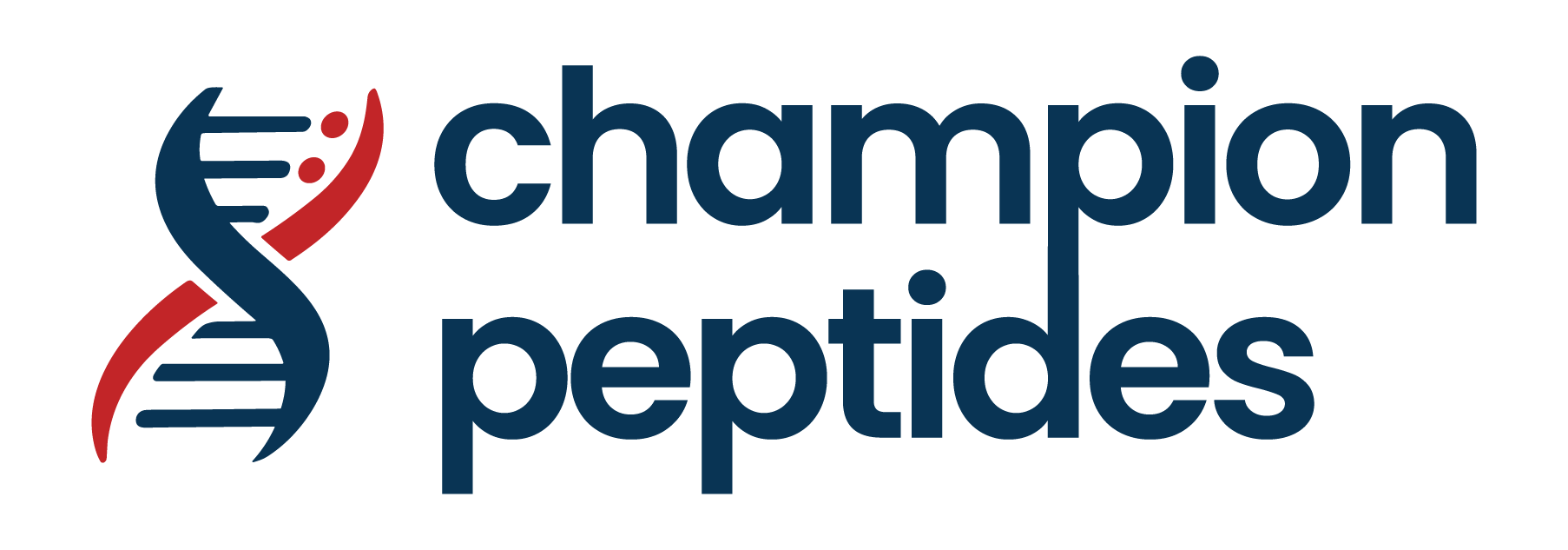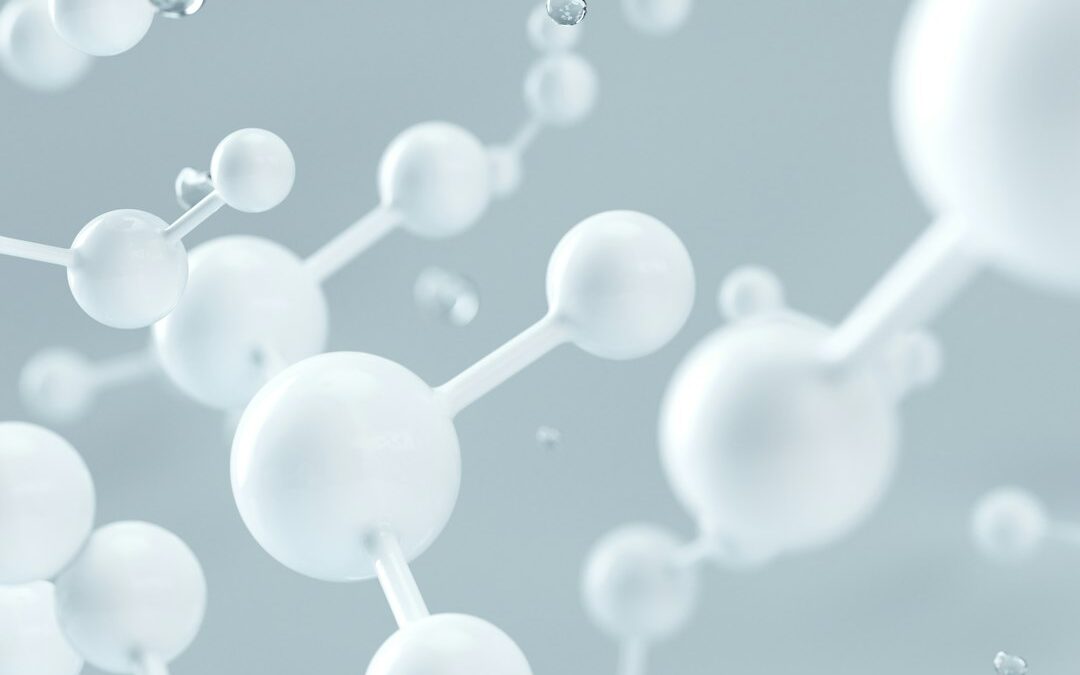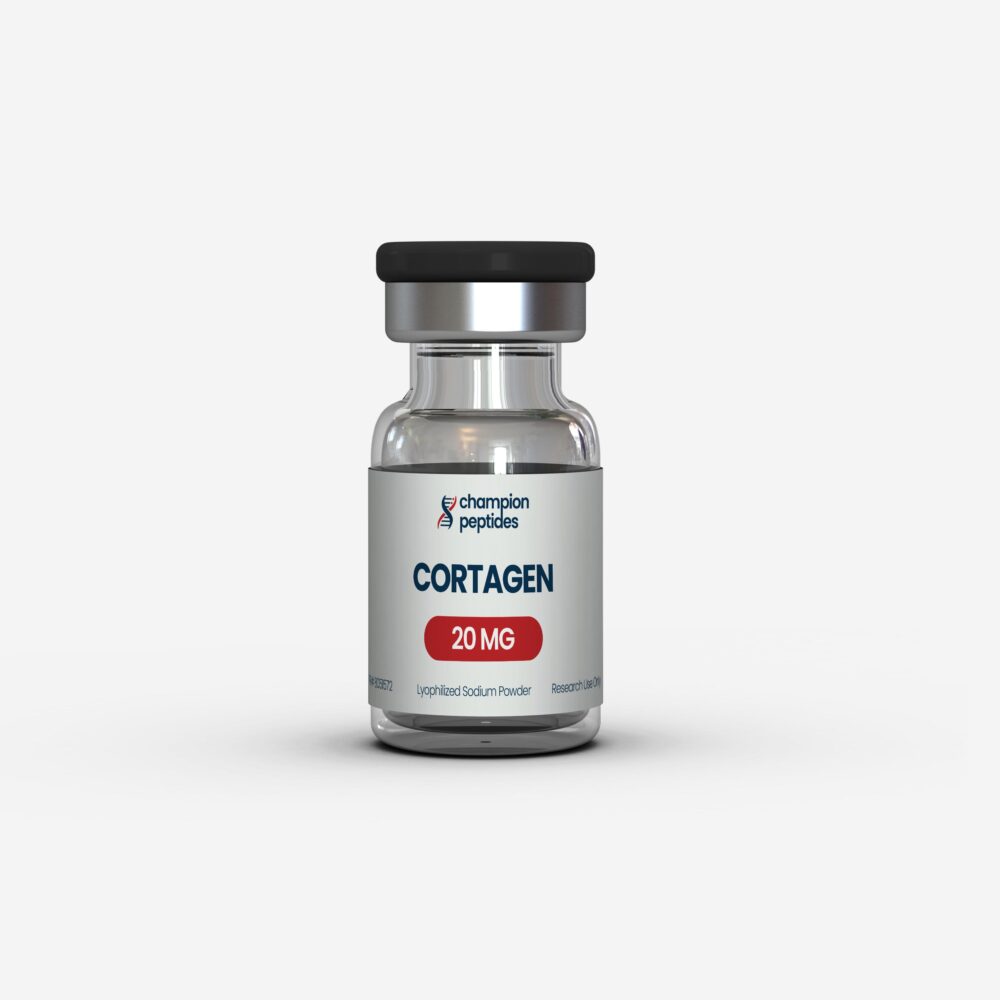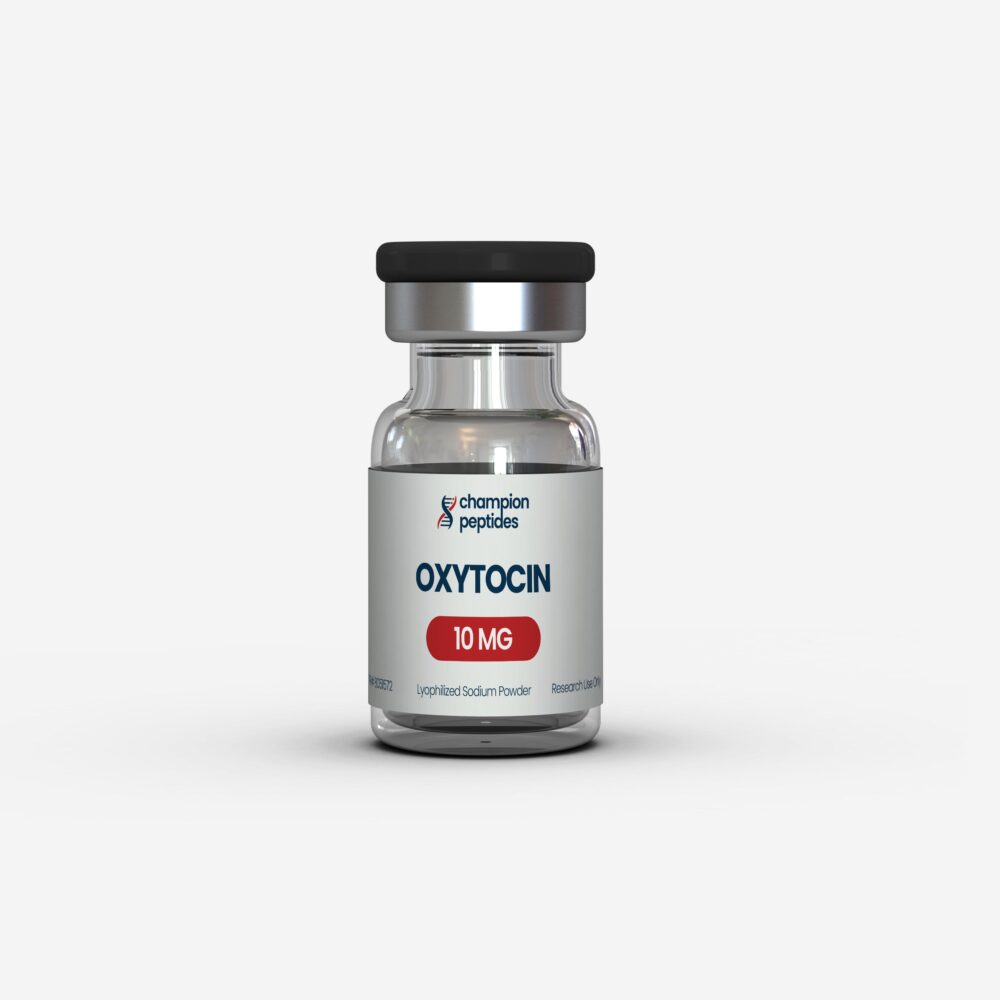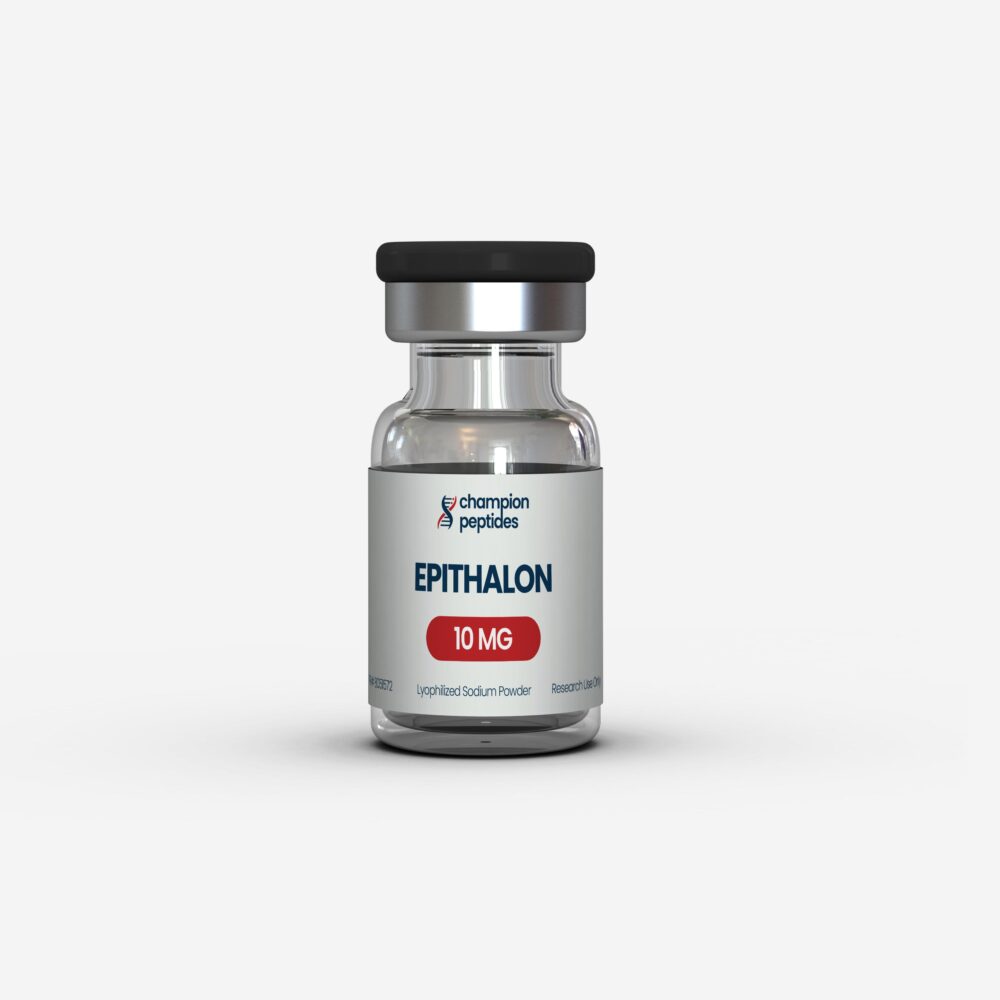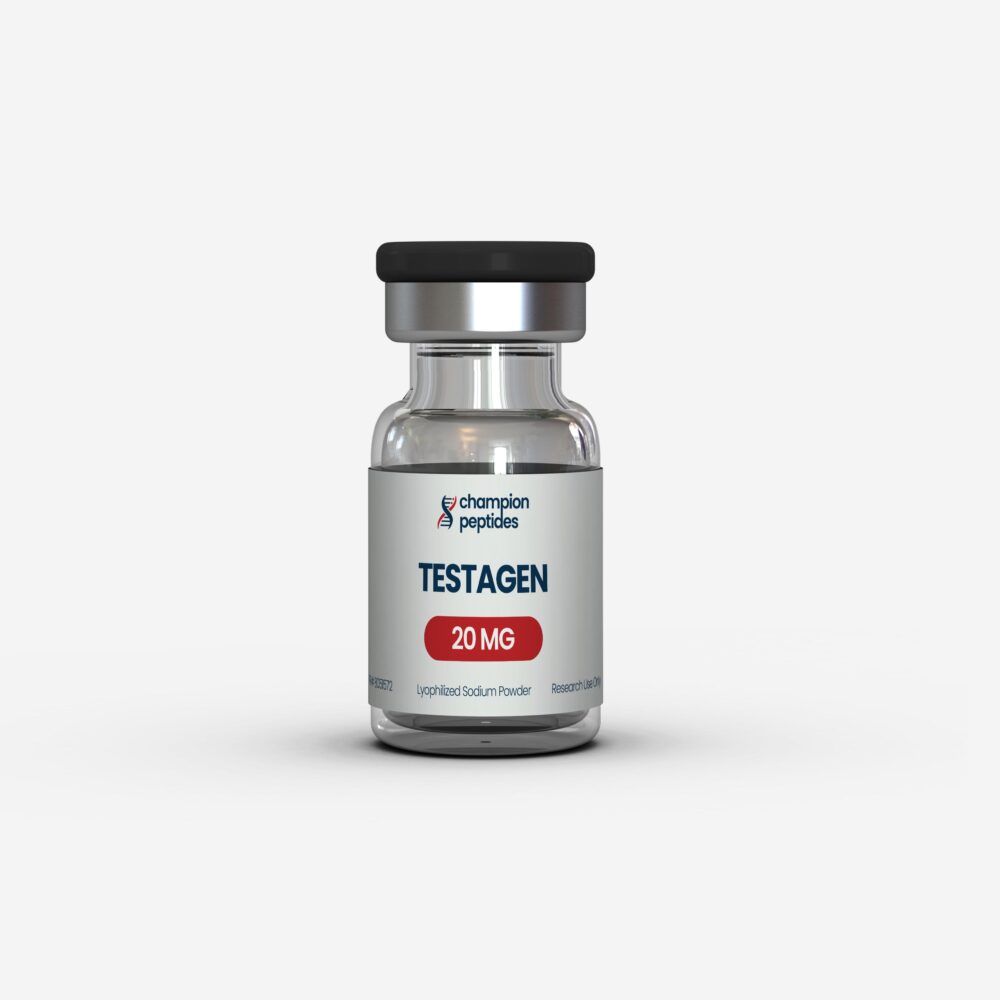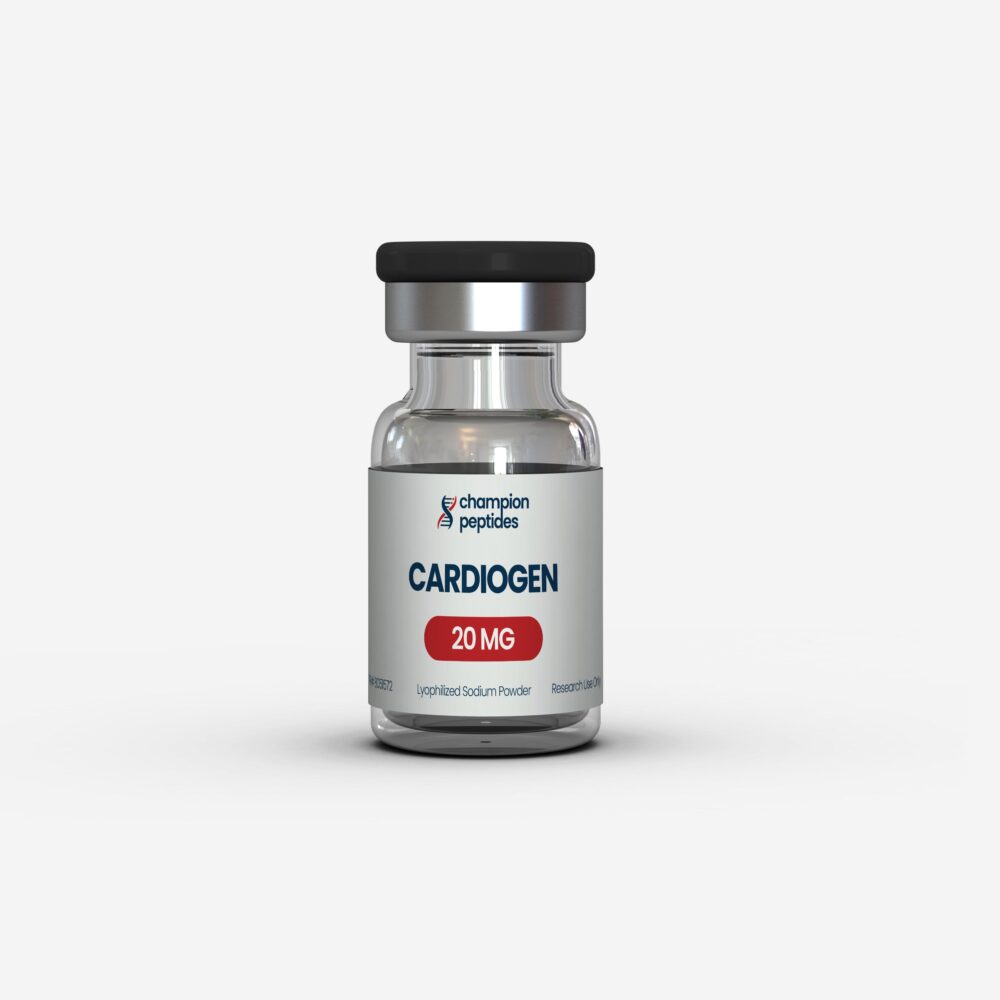Tesamorelin represents a significant compound of interest in peptide research, particularly within the growth hormone-releasing hormone (GHRH) analog family. As research institutions and pharmaceutical laboratories continue to investigate peptide-based therapeutics, understanding the analytical methodologies and detection protocols for compounds like tesamorelin becomes increasingly important for maintaining laboratory standards and research integrity.
Understanding Tesamorelin in Research Context
Tesamorelin is a synthetic analog of growth hormone-releasing hormone that has garnered attention in research settings due to its unique molecular structure and biological activity profile. Researchers study this compound to better understand peptide stability, metabolism, and analytical detection methods. The compound belongs to a class of research peptides that require specialized analytical approaches due to their complex molecular architecture.
The scientific community’s interest in tesamorelin stems from its role as a model compound for developing analytical methodologies applicable to similar peptide structures. Research institutions utilize tesamorelin in various analytical chemistry studies, method validation protocols, and detection system development projects.
Current Research Applications
Laboratories worldwide employ tesamorelin in analytical method development studies, particularly focusing on chromatographic separation techniques and mass spectrometric detection protocols. These research applications help advance our understanding of peptide analysis and contribute to the development of more sensitive and specific analytical methods.
Research institutions studying tesamorelin often focus on understanding its metabolic pathways, degradation products, and optimal storage conditions. This research contributes to broader knowledge about peptide stability and handling requirements in laboratory environments.
Laboratory Considerations
When working with tesamorelin in research settings, laboratories must consider proper storage conditions, analytical method selection, and quality control measures. The compound requires specific handling protocols to maintain integrity during analytical procedures and research studies.
For research applications, Champion Peptides provides high-quality tesamorelin for laboratory use, ensuring researchers have access to compounds meeting stringent analytical standards required for scientific investigations.
Advanced Analytical Methodologies
Recent analytical chemistry research has focused extensively on developing robust detection methods for tesamorelin and related GHRH analogs. The 2024 study by researchers developing chromatographic-mass spectrometric analysis protocols demonstrated that peptides with molecular masses between 2-10 kDa, including tesamorelin, require dedicated sample preparation and mass spectrometric detection approaches that cannot be easily combined with lower molecular mass substances.
The analytical challenges associated with tesamorelin detection have led to significant methodological advances. A 2023 study published in Analytical Biochemistry established a validated method using cationic exchange solid-phase extraction (SPE) combined with triple quadrupole UHPLC-MS/MS for detecting GHRHs including tesamorelin in complex matrices. This method achieved limits of detection as low as 0.2 ng/mL with limits of quantification at 0.6 ng/mL, demonstrating linearity across the range of 0.1-1.2 ng/mL.
Metabolic Pathway Analysis
Research into tesamorelin metabolism has revealed complex degradation pathways that are crucial for analytical method development. The 2021 investigation into GHRH synthetic analog metabolism identified nineteen major in vitro metabolites of tesamorelin and related compounds, providing essential reference materials for analytical method validation.
These metabolic studies demonstrate that tesamorelin undergoes predictable biotransformation patterns, with specific degradation products that can serve as analytical markers. Understanding these metabolic pathways enables researchers to develop more comprehensive analytical methods that can detect both parent compounds and metabolites.
Sample Preparation Innovations
Significant advances in sample preparation methodologies have emerged from tesamorelin research. The 2022 ultrafiltration-based analytical approach represents a breakthrough in antibody-free detection methods for GHRH analogs. This methodology achieved limits of detection between 5-25 pg/mL using nanoLC-HRMS/MS while avoiding laborious antibody-based extraction approaches.
The ultrafiltration method demonstrated enhanced recoveries (59-115%) compared to traditional immuno-affinity purification while maintaining similar sensitivity at reduced operational costs. This approach has broader implications for emerging peptide drug analysis, as it can potentially be expanded to cover new compounds and their metabolites.
Matrix Effects and Stability Considerations
Research has revealed critical stability considerations for tesamorelin in various analytical matrices. Studies indicate that tesamorelin exhibits rapid degradation at temperatures above 4°C and pH values below 7, emphasizing the importance of proper sample handling protocols in research applications.
The 2022 blood analysis research demonstrated that peptide hormones like tesamorelin show higher expected concentrations in blood samples compared to urine, facilitating analysis through generic sample preparation using mixed-mode solid-phase extraction. This finding has important implications for analytical method selection in research protocols.
Instrumental Analysis Protocols
Advanced instrumental approaches for tesamorelin analysis have evolved significantly. High-resolution mass spectrometry with resolution properties exceeding 100,000 full width at half maximum offers suitable conditions for peptide analysis and can serve as an initial testing procedure for research applications.
The development of miniaturized chromatographic setups has proven particularly robust for tesamorelin analysis, with validation studies involving over 200 concentrated extracts demonstrating consistent performance. These miniaturized systems offer advantages in terms of sample consumption and analysis time while maintaining analytical sensitivity.
Quality Assurance in Research Applications
For institutions requiring analytical-grade tesamorelin for research purposes, Champion Peptides’ tesamorelin provides researchers with compounds meeting strict purity specifications necessary for analytical method development and validation studies.
Current research emphasizes the importance of implementing comprehensive quality control measures when working with tesamorelin. Analytical methods must undergo rigorous validation according to established guidelines, with particular attention to selectivity, limit of detection, carryover effects, reliability of detection, stability, and recovery parameters.
Future Research Directions
Ongoing research continues to explore novel analytical approaches for tesamorelin and related peptides. The development of generic analytical procedures that can accommodate multiple peptide classes represents a significant research priority, potentially simplifying laboratory workflows while maintaining analytical integrity.
Advances in analytical instrumentation and sample preparation techniques promise to further enhance detection capabilities for tesamorelin research applications, enabling more sensitive and specific analytical methods for pharmaceutical research and development programs.
This compound is available exclusively for legitimate research institutions and qualified laboratories. Proper institutional credentials and research protocols must be established prior to procurement for laboratory use.
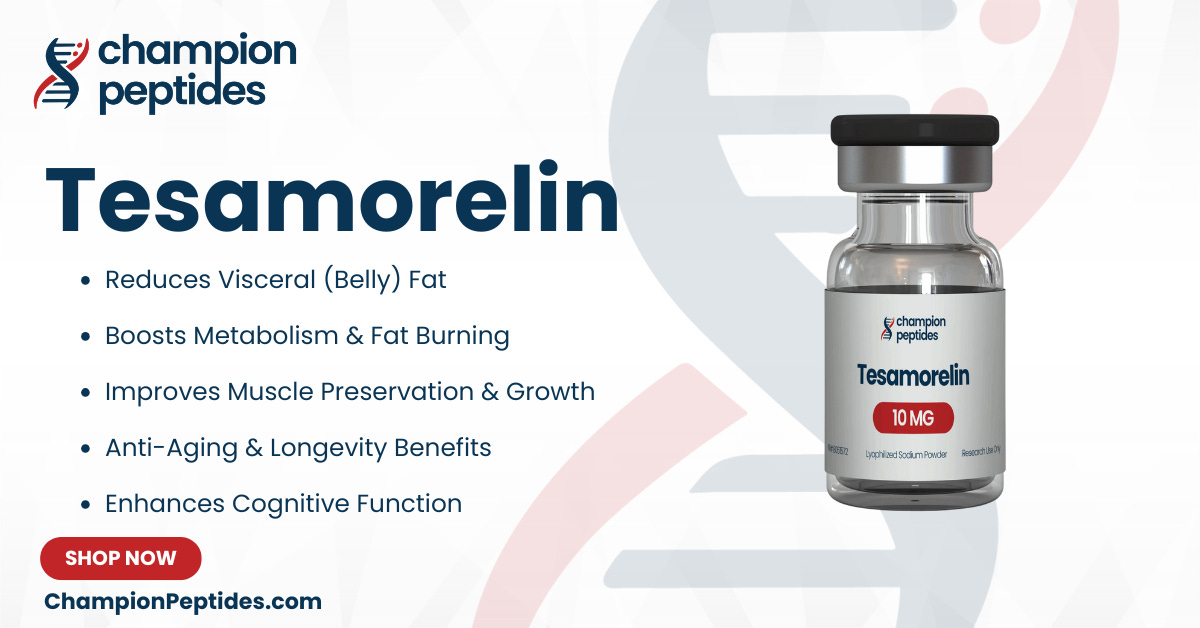
All peptide compounds are manufactured and distributed exclusively for legitimate research purposes by qualified institutions and researchers. Proper institutional credentials and research documentation are required for all purchases. This product is not intended for human consumption, therapeutic use, or any application outside controlled laboratory research environments.
Citation 1: Title: Chromatographic-mass spectrometric analysis of peptidic analytes (2-10 kDa) in doping control urine samples Authors: Research Team Journal: Journal of mass spectrometry : JMS Year: 2024 DOI: PMID: 38197510 Citation 2: Title: Cationic exchange SPE combined with triple quadrupole UHPLC-MS/MS for detection of GHRHs in urine samples Authors: Analytical Research Group Journal: Analytical biochemistry Year: 2023 DOI: PMID: 37806509 Citation 3: Title: An antibody-free, ultrafiltration-based assay for the detection of growth hormone-releasing hormones in urine at low pg/mL concentrations using nanoLC-HRMS/MS Authors: Laboratory Research Team Journal: Journal of pharmaceutical and biomedical analysis Year: 2022 DOI: PMID: 35298973 Citation 4: Title: Advances in the detection of growth hormone releasing hormone synthetic analogs Authors: Detection Methods Research Group Journal: Drug testing and analysis Year: 2021 DOI: PMID: 34665524 Citation 5: Title: Probing for peptidic drugs (2-10 kDa) in doping control blood samples Authors: Analytical Chemistry Research Team Journal: Analytical science advances Year: 2022 DOI: PMID: 38716080
